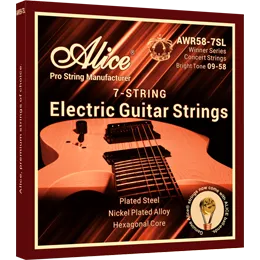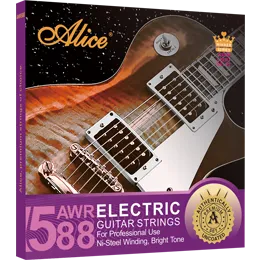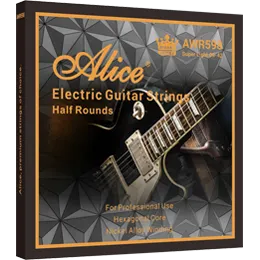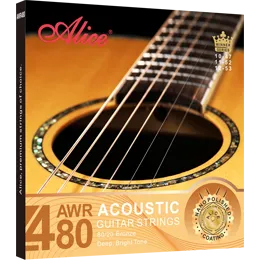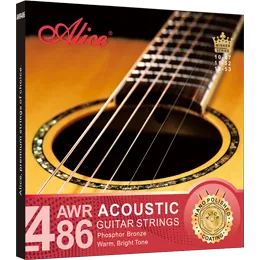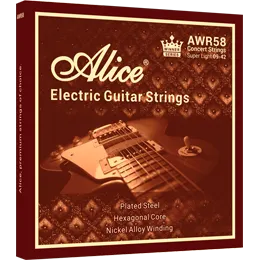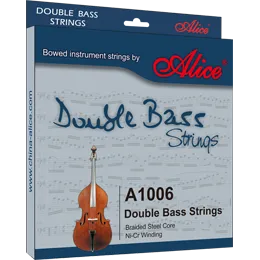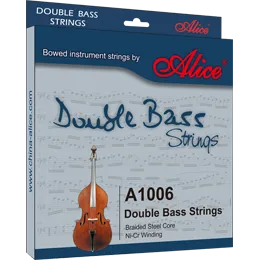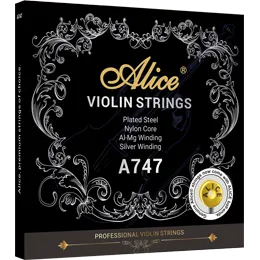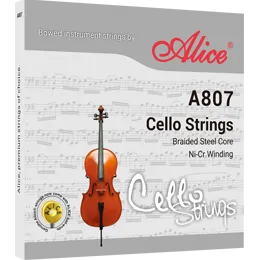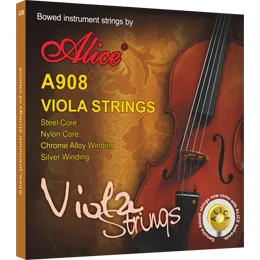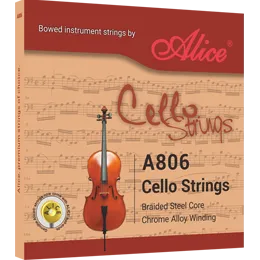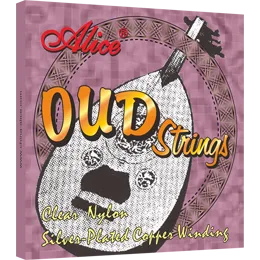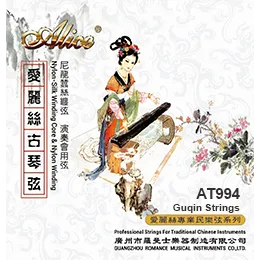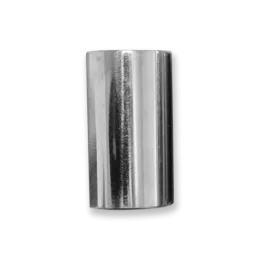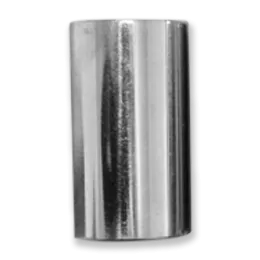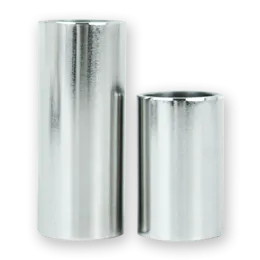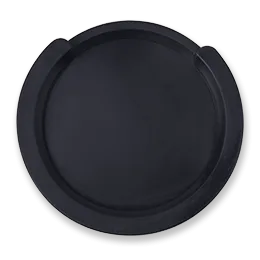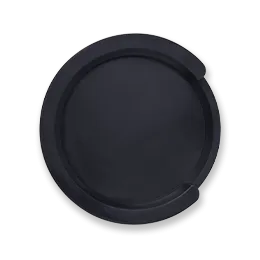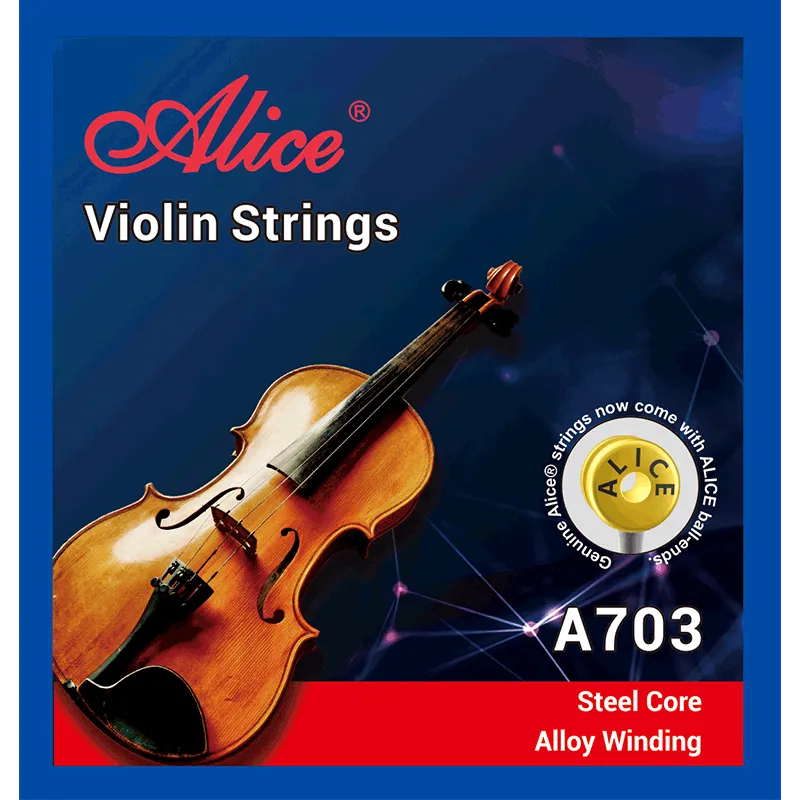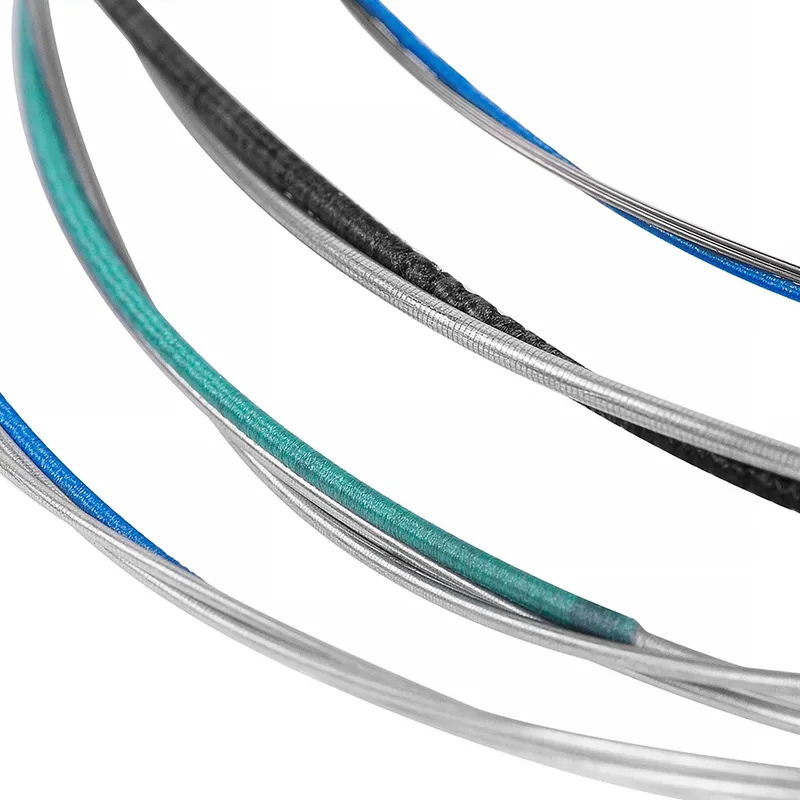What Are Violin Strings Made Of?
The violin, one of the most expressive and emotionally captivating instruments, produces its voice through the subtle vibration of its strings. While the bow and the violin body contribute to tone and resonance, it is ultimately the strings that define the instrument’s timbre, playability, and response. A question often asked by both learners and professionals is: What are violin strings made of? The answer involves centuries of evolution, material innovation, and craftsmanship that reflect both tradition and modern technology.
1. The Origins: Gut Strings
The earliest violin strings, dating back to the Renaissance and Baroque eras, were made from sheep gut (often referred to as catgut, despite not involving cats). Craftsmen would clean, stretch, and twist gut fibers to create strings of varying thicknesses for different pitches.
Gut strings are renowned for their warm, rich, and complex tone, which became the signature sound of historical violin music. However, gut strings are highly sensitive to humidity, temperature changes, and wear, making them less reliable for modern concert demands.
Today, some professional violinists who specialize in Baroque or classical repertoire still prefer gut strings for their authentic sound and historical performance practices.
2. The Transition: Metal-Wound Strings
In the late 19th and early 20th centuries, musicians sought greater tuning stability, durability, and projection. This led to the development of gut-core strings wound with metal such as silver or copper.
The combination balanced the warmth of gut with the brightness and resilience of metal. Wound gut strings remain popular among players who desire a middle ground between traditional tonal richness and improved tuning consistency.
3. The Modern Standard: Synthetic Core Strings
The biggest transformation in violin strings occurred in the mid-20th century with the introduction of synthetic cores, primarily nylon (also known as Perlon). Synthetic core strings mimic the tonal qualities of gut—warm and expressive—while offering:
Greater tuning stability
Resistance to humidity and climate changes
Consistent tone over longer usage
Because of these qualities, synthetic core strings are now the standard choice for most violinists, from intermediate students to professionals. Brands often enhance these strings by winding them with different metals such as silver, aluminum, or steel to refine tonal brightness and balance.
4. The Bright and Powerful Choice: Steel Core Strings
For players who prioritize projection, brilliance, and precision, steel-core strings are a popular choice. Steel strings produce a clear, focused, and bright tone that cuts through orchestras or amplified settings, making them ideal for:
Beginner students (due to affordability and durability)
Fiddle and folk players (where power and stability are key)
Contemporary musicians (who require fast response and bold tone)
Steel-core strings also maintain tuning exceptionally well, making them suitable for school orchestras and high-humidity environments.
5. Winding Materials and Their Impact
Beyond the core material, the winding of violin strings also shapes their tone and playability. Common winding materials include:
Silver: Produces a darker, warmer tone, often used on lower strings.
Aluminum: Lighter and brighter, commonly used for higher strings.
Nickel or Chrome: Durable and resistant to corrosion, providing a balanced, versatile sound.
By varying the winding materials, string makers can fine-tune the tonal balance, playability, and lifespan of strings to meet diverse performance needs.
6. How String Choice Affects Playing
The type of string a violinist chooses depends on factors such as:
Playing style: Classical, Baroque, folk, or contemporary.
Tone preference: Warm and complex vs. bright and focused.
Performance environment: Concert halls, outdoor venues, or amplified stages.
Skill level: Beginners often benefit from durable steel-core strings, while advanced players may prefer synthetic or gut options for expressive control.
Ultimately, strings act like the “voice box” of the violin. A change of strings can dramatically alter the instrument’s character, responsiveness, and even how a violinist feels while playing.
7. Innovation and the Future of Violin Strings
Today, string manufacturers continue to experiment with hybrid designs, combining synthetic cores with advanced metal windings or composite materials. The goal is to provide players with strings that offer gut-like warmth, steel-like precision, and synthetic reliability.
This ongoing innovation ensures that violinists can find strings tailored to their unique needs—whether they are soloists performing on the world’s greatest stages or students learning their first scales.
Alice Violin Strings
For distributors, retailers, and music education providers, selecting a violin string brand that balances quality, affordability, and versatility is key to meeting customer demand. This is where Alice violin strings stand out.
Material Variety: Alice offers gut-like warmth, synthetic-core stability, and steel-core durability, covering the needs of beginners, students, and professionals.
Consistent Quality: With advanced manufacturing technology and strict quality control, Alice ensures every string meets performance expectations.
Wide Applications: From music schools and orchestras to retail shops and e-commerce platforms, Alice violin strings provide reliable solutions for B2B partners.
Competitive Pricing: High-quality strings at accessible prices make Alice ideal for bulk distribution and long-term partnerships.
By offering a balance between professional sound quality and commercial practicality, Alice violin strings help customers serve musicians at every level. Whether for educational programs, wholesale distribution, or retail sales, Alice delivers a dependable solution that supports both business growth and musical excellence.
Relate News
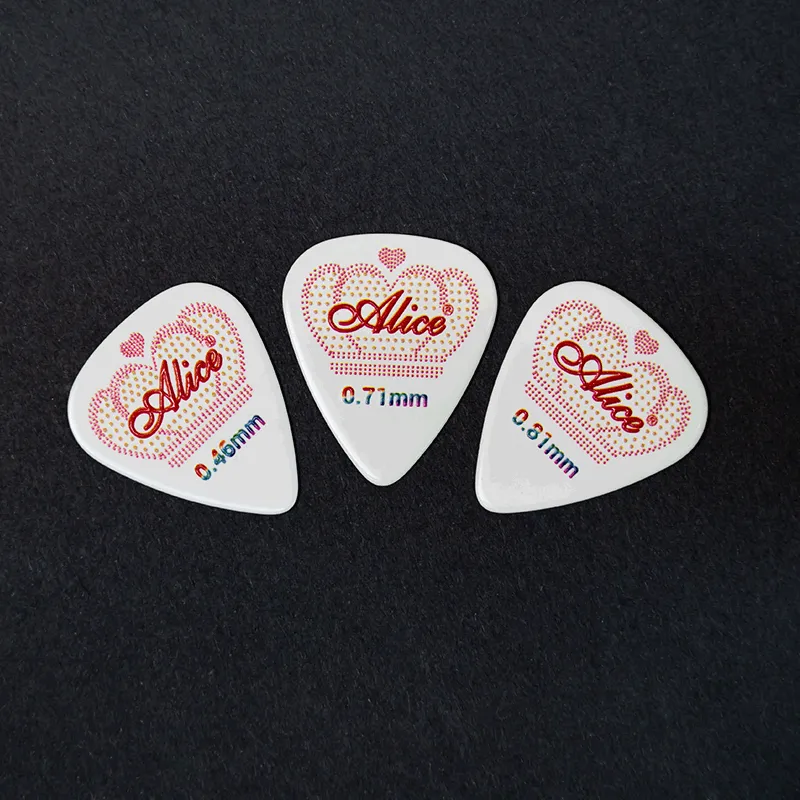
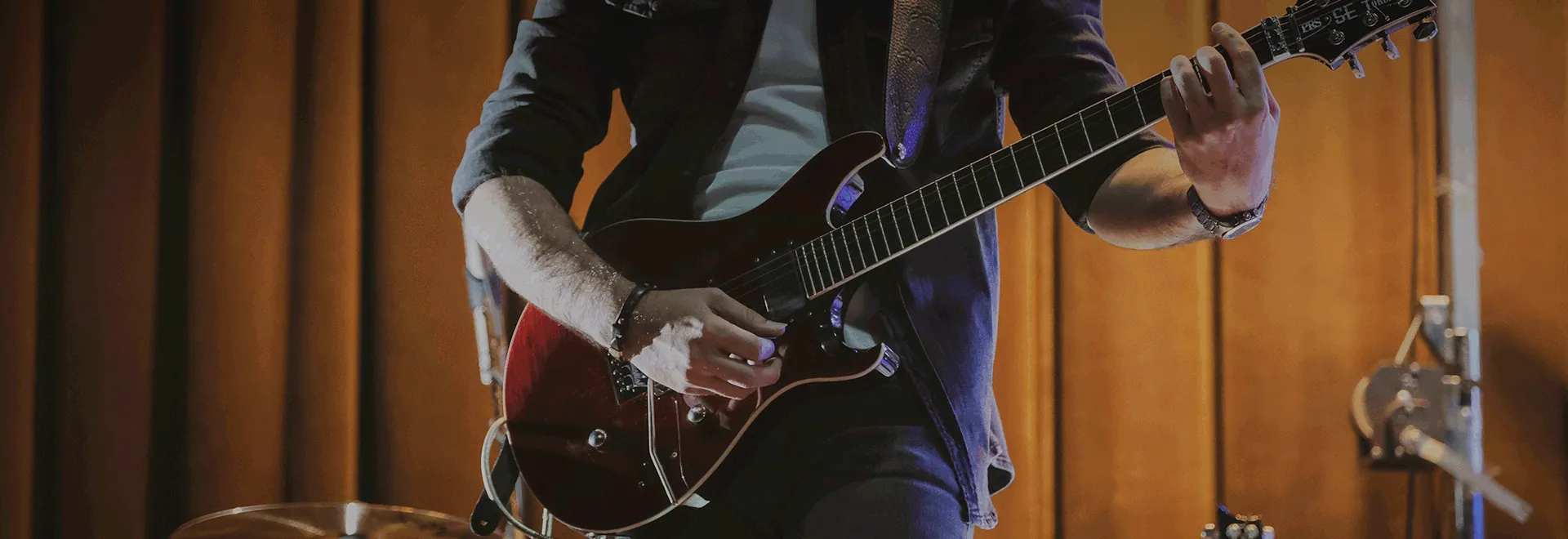
Electric Guitar Strings Gauge Chart: A Complete Guide for Guitarists
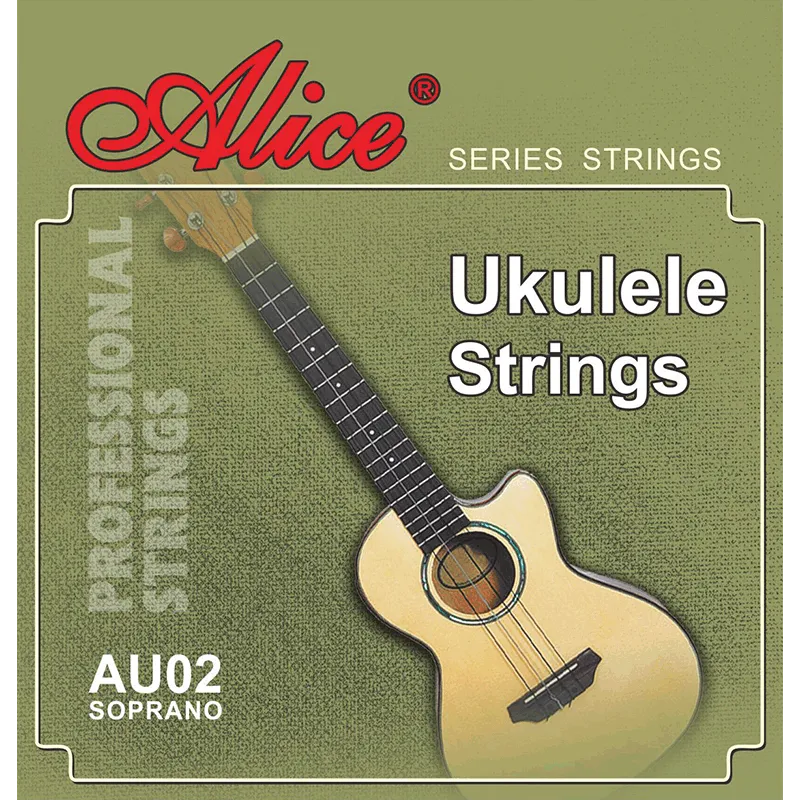
Folk Instrument Strings: Types, Materials & How to Choose the Right Set
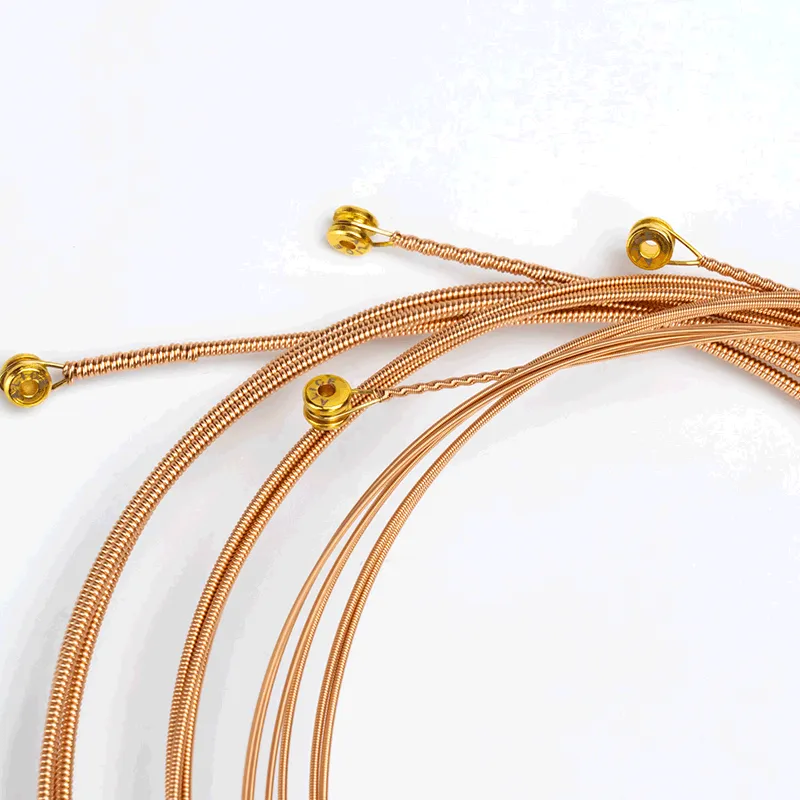
Which Acoustic Guitar Strings Fit Different Music Styles Best?
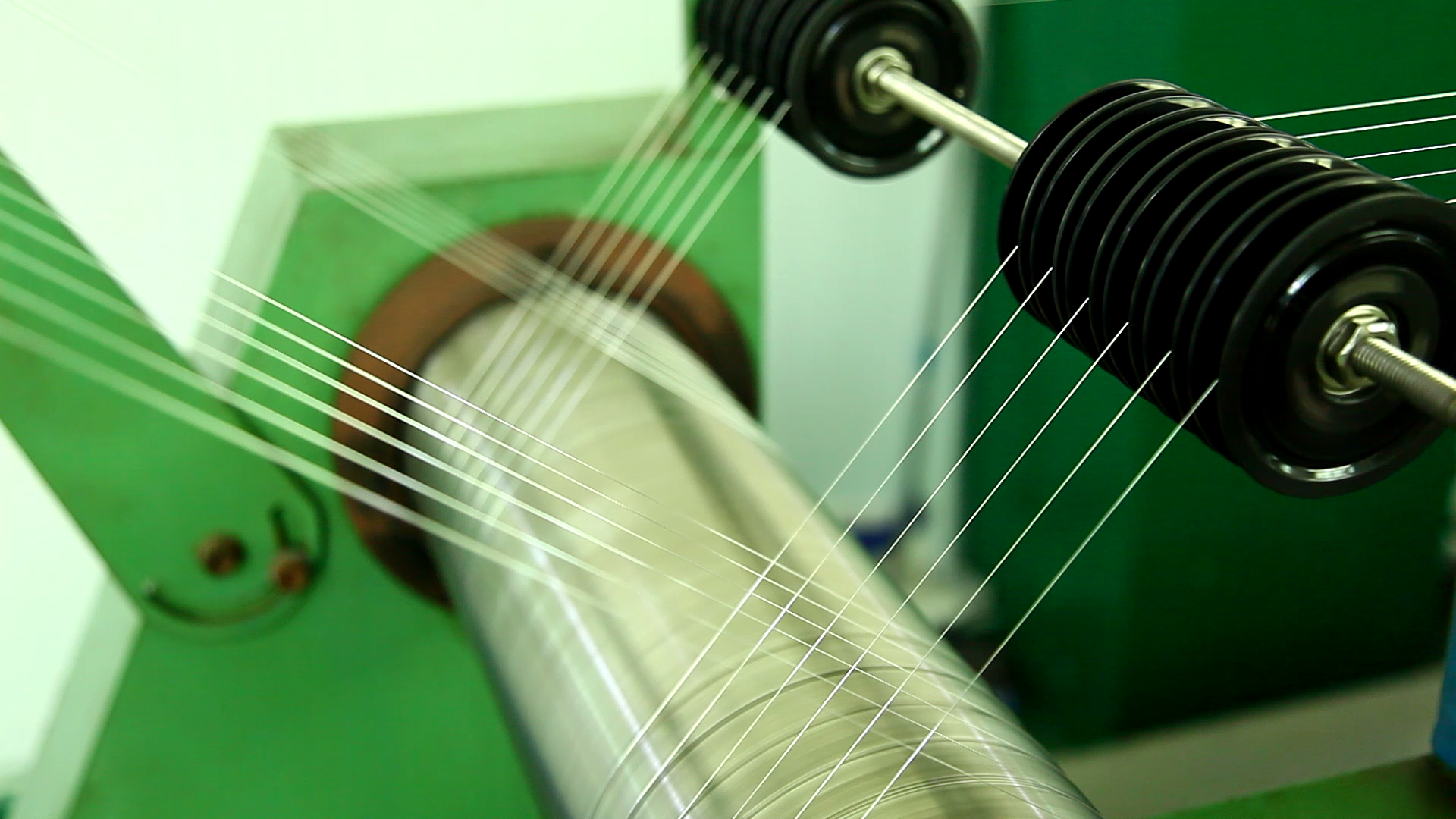
Common Guitar String Problems: How to Fix Tuning Issues, Rust, and String Breakage

Complete Guide to Guitar String Materials: Which One Is Right for You?
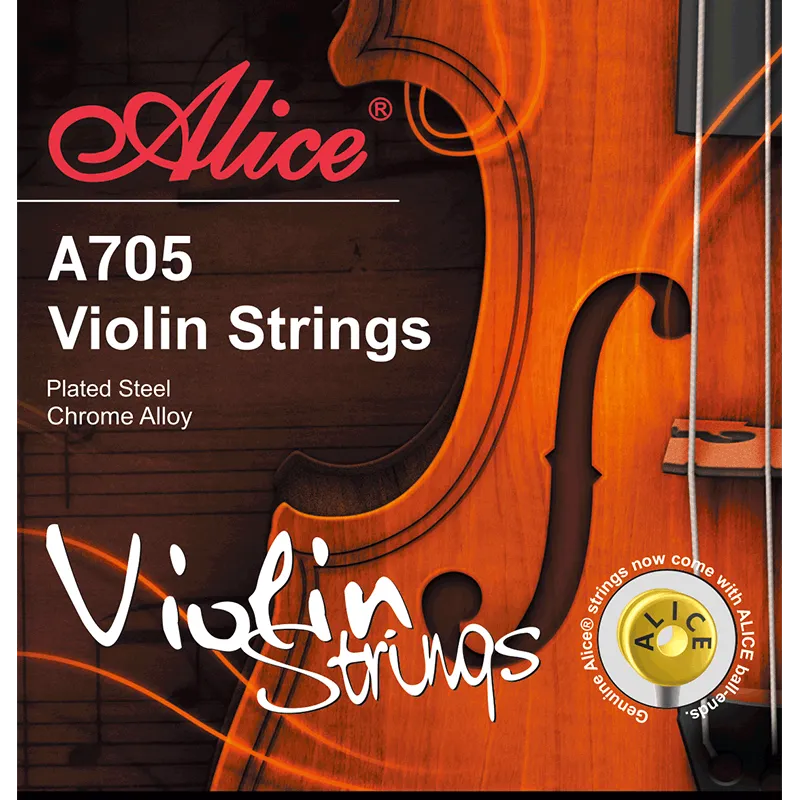
The Complete Guide to Orchestral Strings: Everything You Need to Know
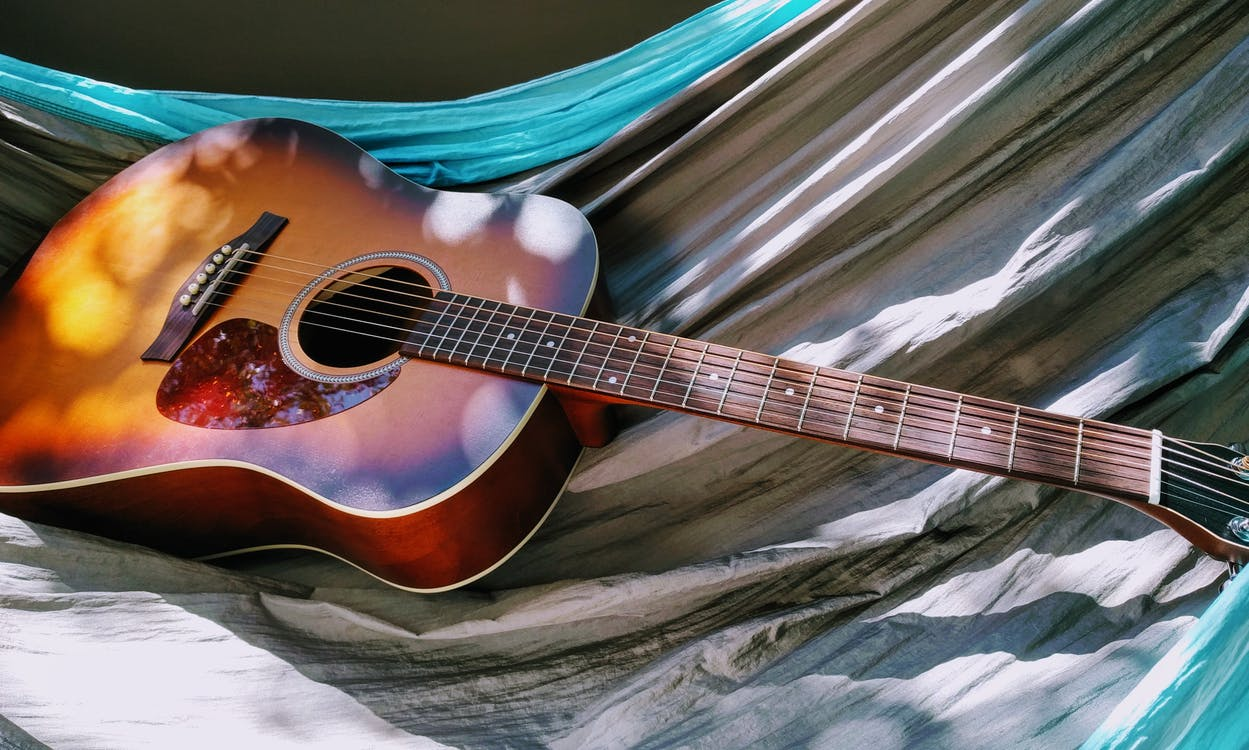
Inside the Craftsmanship: The Manufacturing Process of Guitar Strings
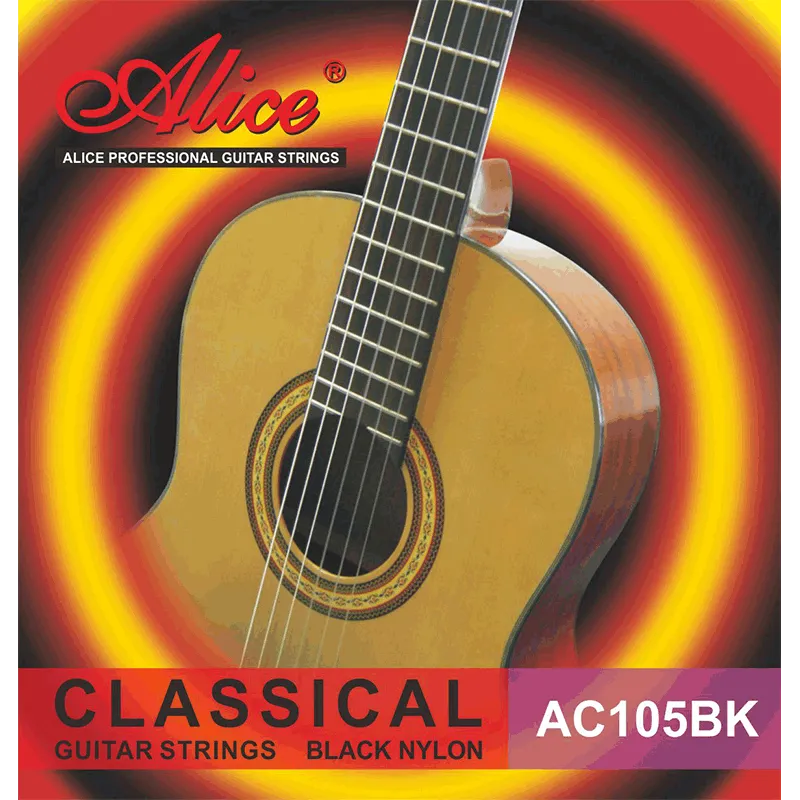
Wholesale Guitar String Purchasing: A Practical Guide for Retailers and Distributors
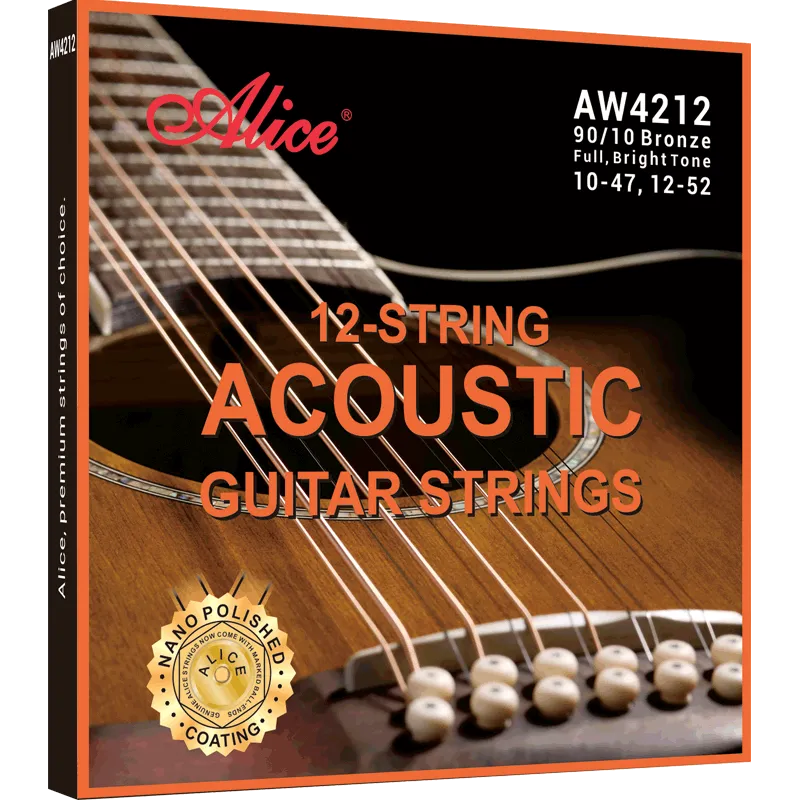
How to Choose the Right Guitar String Models for Export Markets

How Alice Guitar Strings Compare to Leading Brands



